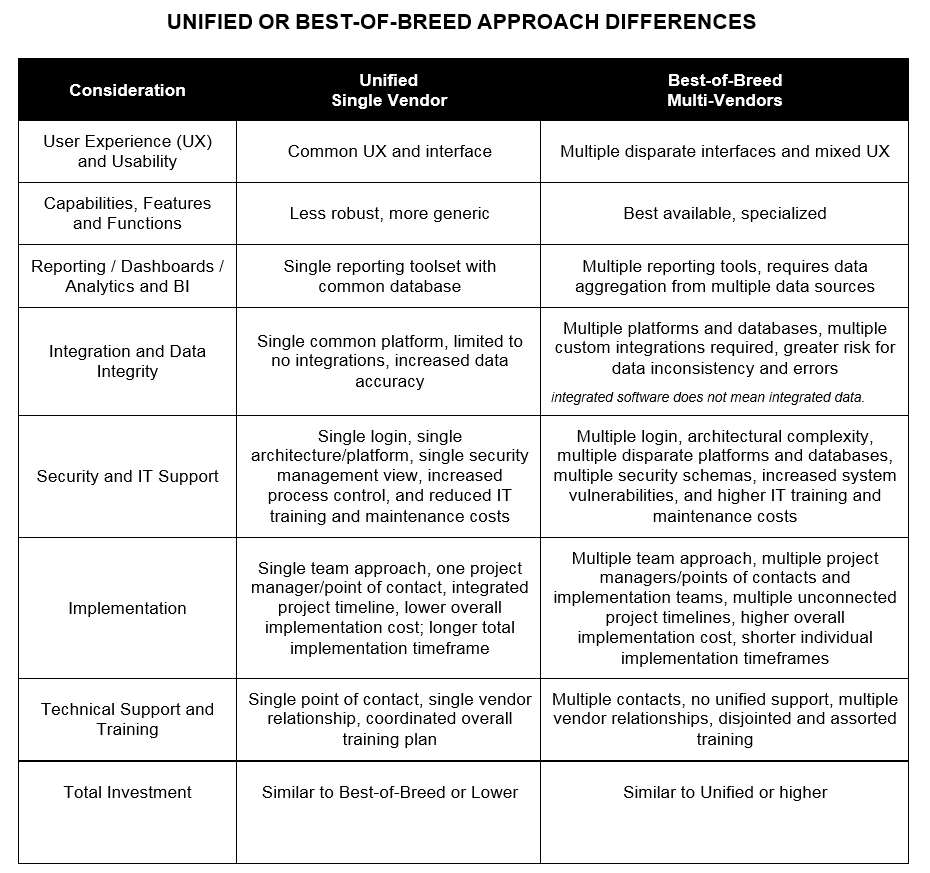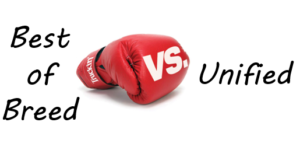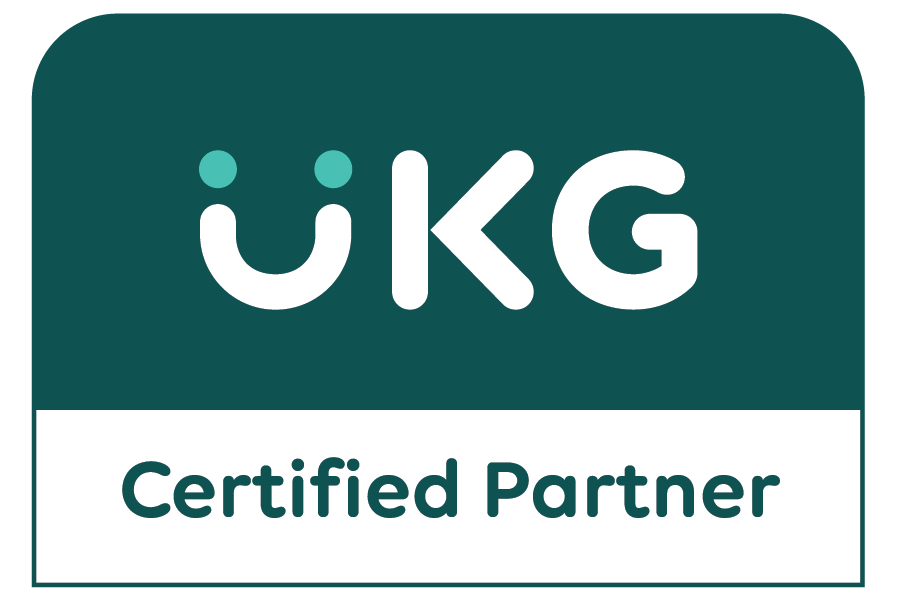A Unified or Best-of-Breed Strategy?
You don’t realize it, but it’s highly likely that the next time you begin to evaluate a new vendor for HRIS, Payroll, Time and Talent Management software, you’ll probably run into the dilemma of trying to determine if you should take a unified or best-of-breed strategy. Said in a different way, should your search for a vendor solution focus on just a single “unified” system or are you willing to source multiple vendors with “best-of-breed” approaches, knowing you will need to employ some sort of integration strategy between these solutions or be content with having siloed applications. In order to provide a clear delineation between unified or best-of-breed software technology strategies, allow me to outline each of these approaches by providing a definition, a few major differences between each approach and the impact each of the strategies will have on your organization.
DEFINITIONS
A “Unified” HCM (human capital management) solution strategy is one involving an end-to-end suite designed to manage the entire life cycle of an employee within one integrated system. This does not mean that a unified system approach won’t have any additional system touch points (e.g. background checks, job boards, or benefit carrier connections), but collectively speaking, it is a single system of record for all human capital management needs on a solitary platform. To provide some context, a vendor that offers a “unified” solution must include, in my opinion, at least the following four major functional capabilities:
• HRIS*
• Payroll and Tax Management
• Talent Management
• Time & Scheduling Management
*For more insight about capabilities included in the three most commonly used terms to describe HR, Payroll and Talent Management software, please see my blog titled “Types of HRIS systems: HRIS vs. HCM vs. HRMS”
A “Best-of-Breed” strategy is to acquire and deploy systems offering the best possible capabilities in a specific HCM functional area (e.g. HR, payroll, recruiting, performance, onboarding, etc.) requiring an integration plan to ’bolt together’ each of these point solutions. Best-of-breed vendors typically offer much greater functional capabilities addressing specific business processes vs. any unified solution. Known for being leaders in a core area of expertise, best-of-breed providers are also characteristaically more nimble in their software development releases than unified vendors enabling more frequent product updates and added functionality.
The most common “Best-of-Breed” HCM vendor solutions include:
• ATS (Applicant Tracking System)
• LMS (Learning Management System)
• Compensation Management
• Performance and Goal Management
• Time, Attendance and Scheduling
• Travel and Expense Management

UNIFIED SOLUTION STRATEGY – THE PRO’S AND CON’S
The value of an ‘all-in-one’, unified strategy to the consumer is a single-system with a common UI (user interface), common reporting and analytical tools, a single database, a common workflow engine, a single-system login, one mobile app, one security model, one vendor relationship and one customer service team for system support and training. The results of deploying a unified suite solution is higher adoption, better accountability, improved data consistency, and significantly less integration touch points. The demand for unified systems has been on the rise and I believe will continue to be an essential requirement for mid-market businesses in the foreseeable future.
However, there are always trade-offs to consider when opting for a unified solution. The major consideration is understanding and accepting that features tend to be more generic in a unified solution than in best-of-breed alternative(s) which typically focuses on just one area of expertise with a robust single point solution.
BEST-OF-BREED SOLUTION STRATEGY – THE PRO’S AND CON’S
As aforementioned, the strength of best-of-breed vendors is the depth of functionality capabilities in their area of expertise. This greater in-depth versus breadth of capabilities is the primary reason organizations select this path. And, the biggest impact of choosing a point solution(s) is for the power users of a few specific organizational units that realize the benefits of the utilization to manage their business processes.
Another big advantage to the best-of-breed strategy is the ability of being able to supplement a core HR/Payroll system with superior functional capabilities without having to incur the costs or disruption of ripping, replacing or customizing the fundamental solution. For example, a new HR Director is hired with a directive to immediately begin to focus on reducing employee turnover of the organization’s top performers. It is determined that purchasing a standalone performance and compensation system could provide the visibility and toolset necessary to address the internal talent turnover challenges. By choosing a best-of-breed strategy, the overall costs, level of effort, required internal resources and time to deploy is more attractive, resulting in a shorter time period to get executive approval for project funding vs. purchasing and implementing a unified solution.
Now to the downsides. The principal downside of the best-of-breed strategy is integration. A wise IT professional once told me “the best integration is no integration”. The more systems, the higher likelihood of problems. These “bolted together” applications have a greater risk of data inaccuracy and propensity to break somewhere along your journey. Not to mention the resources and time necessary to manage and maintain the integrations. Diminished user adoption from deploying best-of-breed solutions creates an additional challenge. Deploying multiple point solutions requires end-users (i.e. managers and employees) and internal IT resources, to manage multiple system login credentials and access points. Best-of-breed applications result in a far less efficient and effective flow of data and communication attributable to disparate and disconnected systems. Lastly, it is my experience that adding best-of-breed applications has a higher price and ownership compare to the unified approach.
THE DILEMMA DECISION IMPACT
Purchasing new technology that touches everyone in your organization comes with lots of opinions, skepticism, and risk associated with its intended project outcome. Making the right decision and having a successful project offers those with that responsibility the good fortune of gaining political capital and credibility with your leadership team. Choosing poorly could have the opposite effect, potentially resulting in negative opinions about your reliability and ability to deliver. The opinions above should provide the insight needed to help make the unified or best-of-breed software technology strategy decision easier, ultimately affecting the outcome of your deployment and the success of your project.






